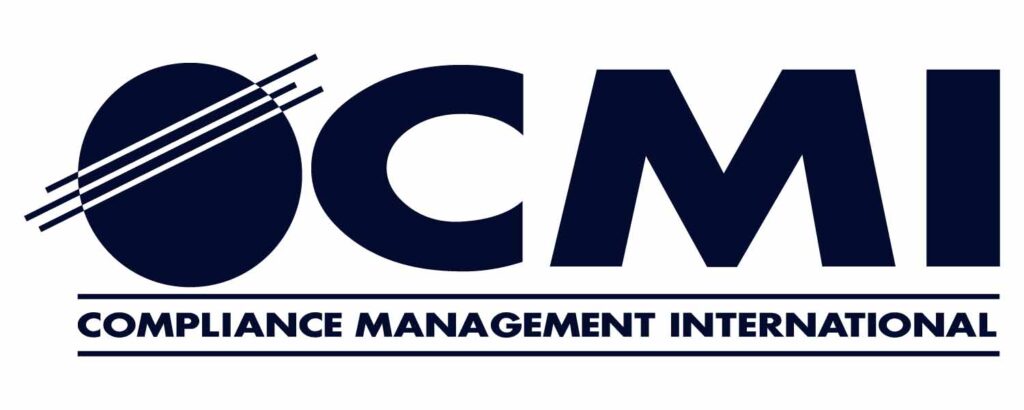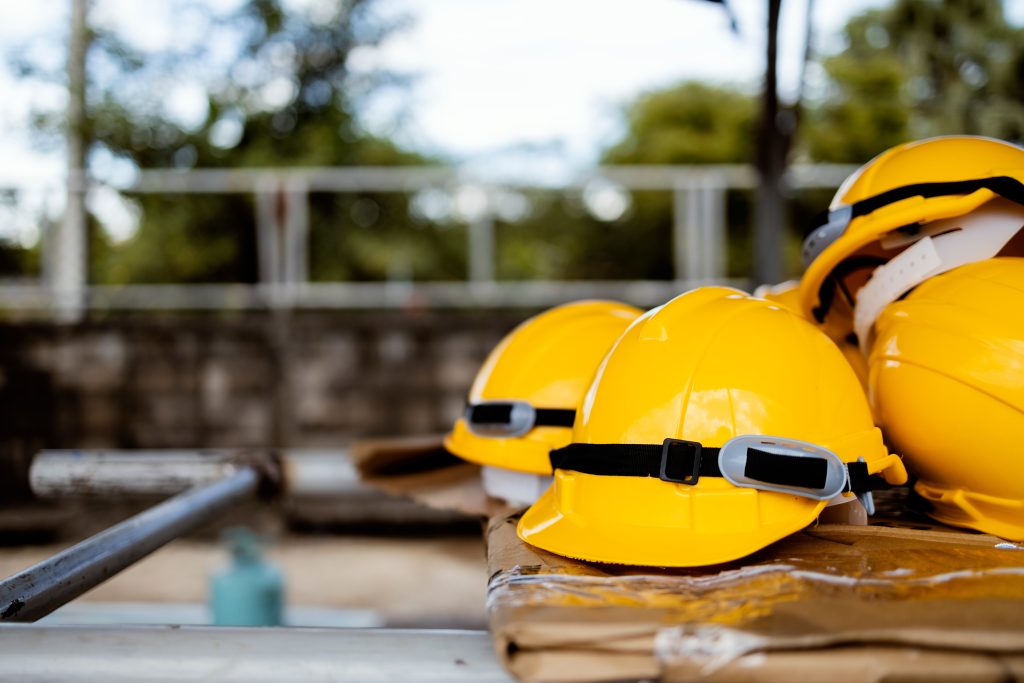Our sight is priceless. If we do not protect our eyes from injury, we could lose our sight which would be life changing. According to the Center for Disease Control (CDC) about 2000 U.S. workers a day sustain a job-related eye injury that requires medical treatment. About one third of the injuries are treated in hospital emergency departments, and more than 100 of these injuries result in one or more days away from work. These incidents cost employers over $300 million dollars a year. To protect our workers, it’s important to eliminate the hazards that pose a risk to our eyes at work. When eliminating the hazard isn’t possible, proper eye protection is critical.
What’s the Concern?
Incident investigations reveal that flying objects, including dust and sparks from hot work are the cause of 70% of eye injuries. Most of these objects are smaller than the head of a pin. Nearly 20% of all eye injuries are caused by contact with chemicals. This includes splashing or chemicals being sprayed directly into the eye.
Common tasks where there is risk of eye injury include:
- Grinding, spraying, sanding, chiseling, woodworking or any other activity that might cause large fragments or small particles to fly through the air and into the eyes.
- Painting, spraying, sanding, metalworking, spot welding or any process that may cause dust, fumes or tiny particulates to become airborne where they can contact the eyes.
- Welding and cutting with a torch or operations around radiant energy that can blind the eyes.
- Handling acids and caustics or other chemicals where splashing can occur.
What Can You Do?
Protecting the eyes starts with understanding the eye hazards in the workplace. Conduct a hazard assessment to understand the risk of eye injury and consider these controls to reduce or eliminate the risks.
- When possible, enclose the process to keep hazards away from the eyes.
- Install a shield to protect from eye hazards.
- Select the right eye protection for the task.
Ensure employees are wearing eye protection that provides protection from the hazard.
- Safety glasses with side shields protect from impact hazards and particulates.
- Goggles provide protection from chemicals that have the potential for splash or vapor release to the eye.
- Filtered lenses protect from radiant light from welding operations.
In summary, never take chances with your vision. Choose the best protection, make sure if fits, keep clean and have a process in place to ensure employees always wear it.
If you would like more information about how to assess your hazards or select PPE, contact CMI.
Written by Jennifer Chupalio, Associate Health & Safety Specialist



